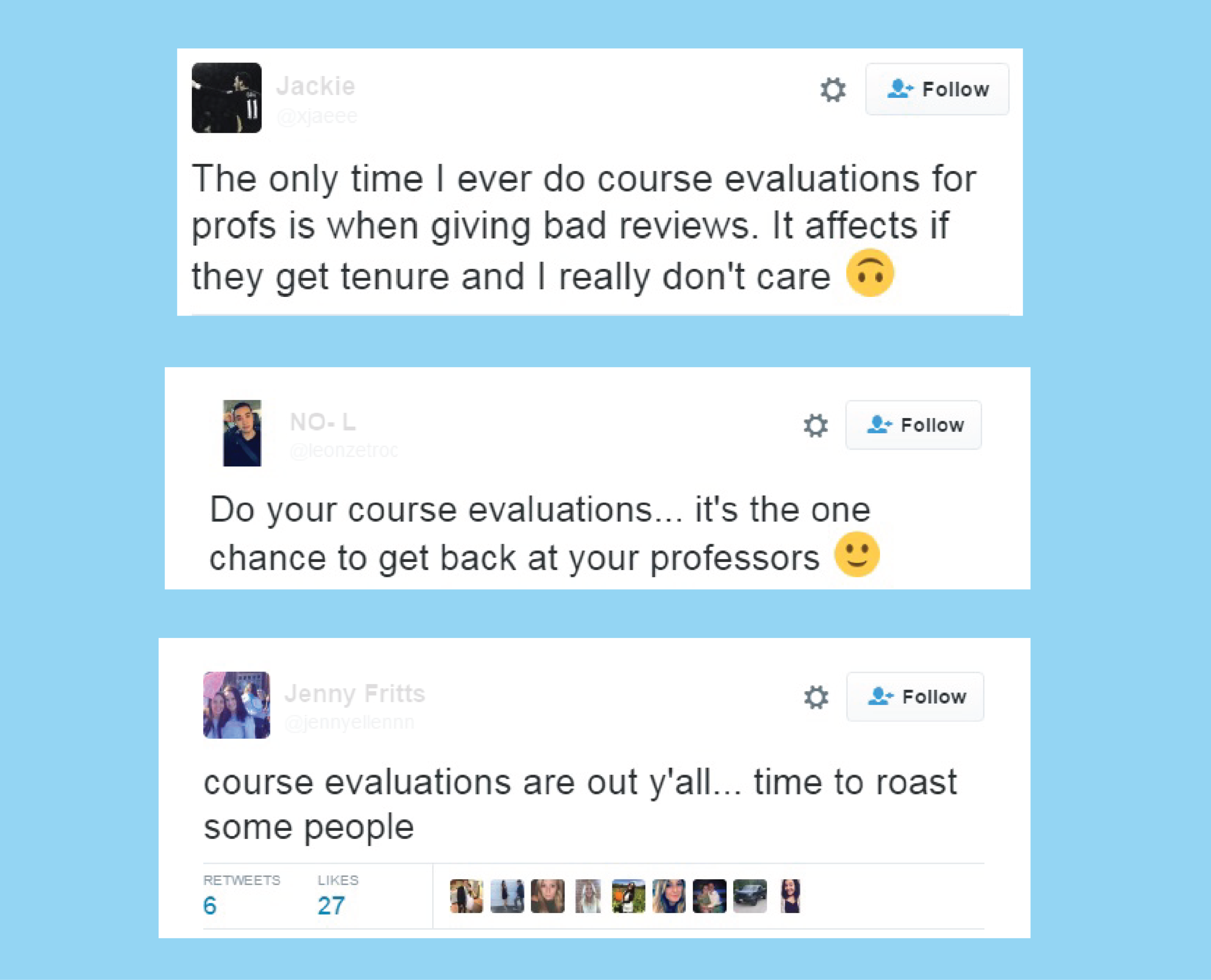Weekly Digest #38: Teaching Spelling with Deep Underlying Structures
This week’s digest was contributed by Dr. Holly Shapiro, our reading expert. Holly Shapiro PH.D., CCC-SLP is the Founder and Director of Ravinia Reading Center, the only reading clinic on Earth owned and staffed entirely by speech-language pathologists. For 30 years, Holly has honed her practice as uncompromisingly pro-science and pioneering in its approach to linguistics-based instruction. Holly has had sustained success leveraging expertise of speech pathologists' training to teach children customized instruction that harmonizes phonology, morphology and etymology.
In the comments section embedded in the Learning Scientists' Weekly Digest #37: Teaching Spelling, I proposed that the English spelling system is best studied by learning deep underlying structures, rather than surface features that will inevitably lead to an ever increasing pile of exceptions. The Learning Scientists not only welcomed my comments but also asked me to prepare an additional digest that reflected this perspective. I was happy to oblige.
The question that precipitated this venture was this: “Can a spelling inventory be given on the computer and still be valid?”
The answer, I believe, is yes. Here are some resources, including research papers, letters written by researchers, a TED-Ed Video, and a blog post, that I feel are excellent in addressing spelling instruction. My first three resources review research studies and provide links to the papers. The last two resources include specifics for teachers.
1) Teaching spelling to children with specific learning disabilities: The mind’s ear and eye beat the computer or pencil by Virginia Berninger, Robert Abbott, Laura Rogan, Elizabeth Reed, Sylvia Abbott, Allison Brooks, Katherine Vaughan, and Steve Graham
In this study, Virginia Berninger and her colleagues compared student performance on spelling tasks using both writing and keyboarding and found no main effects for response mode. However, students did better with pencil and paper for high predictability words without and better on the computerfor words with digraphs and less predictability.
Berninger further addresses this issue in this letter where she highlights the importance of developing hybrid writers who can print, use cursive writing and keyboard. Her work clearly does not support the notion that one mode is “better” than the others.
2) Utility of the spelling sensitivity score to analyze spellings of children with specific language impairment by Krystal Werfel and Hannah Krimm
To my mind, more important than the mode of response is the validity of the inventory in question. Here's a study that demonstrates the usefulness of one such inventory, the Spelling Sensitivity Score (SSS). The investigators found that the SSS measure provided information about each student's specific areas of language knowledge that directly translated into recommendations for instruction.
3) Spelling and reading development: The effect of teaching children multiple levels of representation in their orthography by Victoria Devonshire, Paul Morris, and Michael Fluck
In further support of the connectionist model as opposed to viewing children as developing spelling proficiency in stages, I was able to locate five meta-analyses and research reviews, all demonstrating the benefits of morphological awareness instruction especially for younger and less able readers. In this single study, children aged 5 to 7 taught to integrate knowledge about morphology, etymology, phonology, and orthographic tendencies outperformed children taught with traditional phonics in both reading and spelling.
Image from Pixabay.com
4) Making sense of spelling by Gina Cooke
A spelling lesson can be so much more than a throwaway just to help children learn to spell. This video demonstrates how enriching a knowledge-based spelling lesson can be.
5) Earth Mothers, Geographers, Orbiting Moons and George by Word Nerdery, a blog on morphology and etymology
And if that wasn't enough, check out this fabulous blog post. I'm warning you, you are about to go down the proverbial rabbit hole. This stuff isn't only facilitative, it's also fun!
Every Sunday, we pick a theme and provide a curated list of links. If you have a theme suggestion, please don’t hesitate to contact us! Our 5 most recent digests can be found here:
Weekly Digest #33: Teaching Kids about Safety
Weekly Digest #34: Time Management
Weekly Digest #35: Taking Care of Yourself





